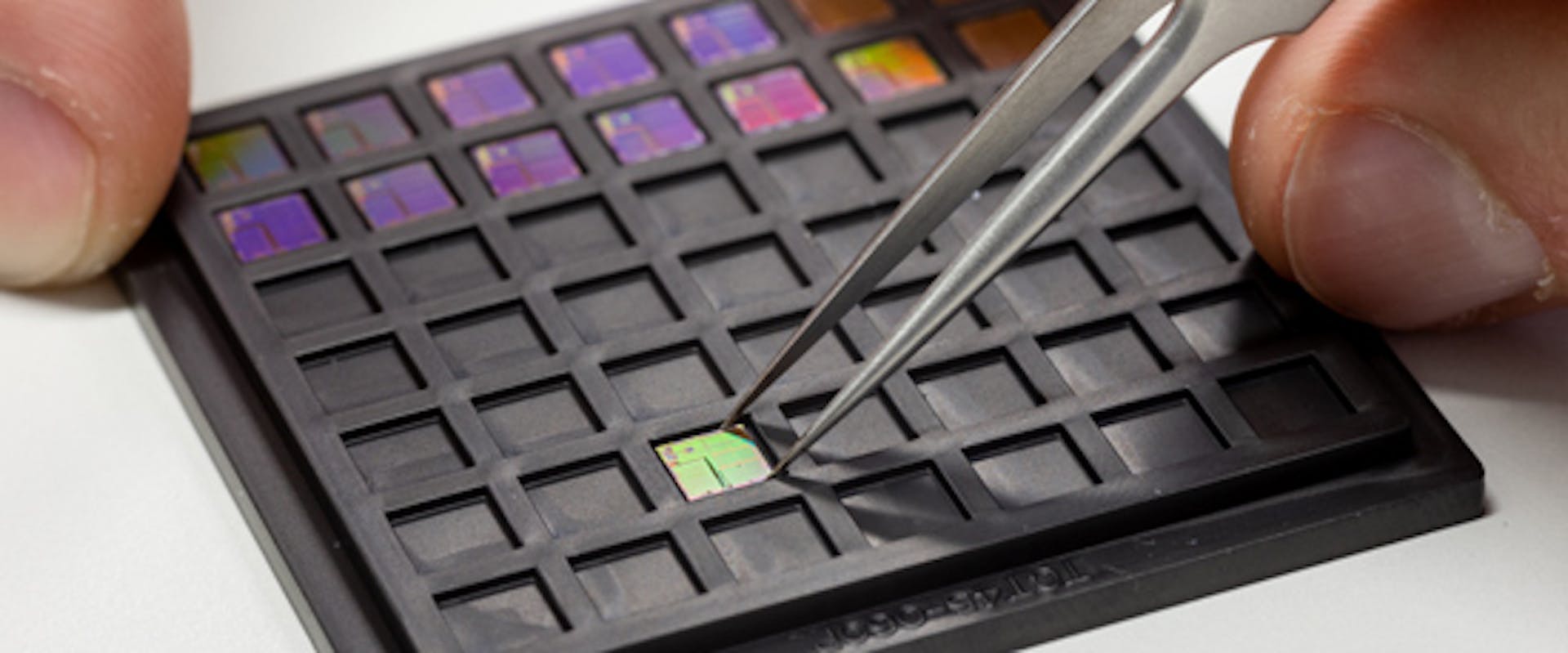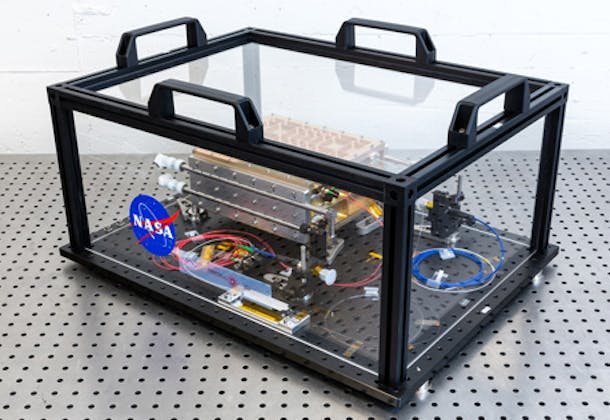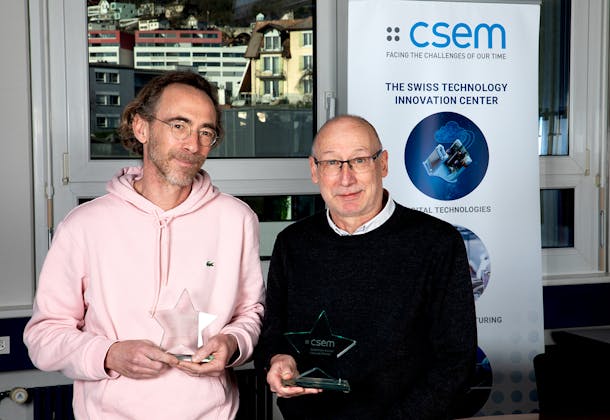August 10, 2021
Development of an ultra-low-power chip
After five years of joint R&D, CSEM and Japanese multinational United Semiconductor Japan Co., Ltd. (USJC)* have developed an ultra-low-power system-on-chip that can be used to run smartphones, tablets and other connected devices. Their technology probably delivers the best performance in the world when it comes to power consumption.



